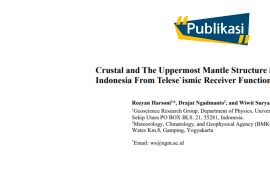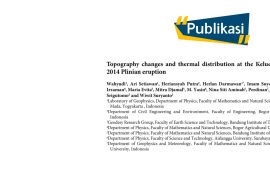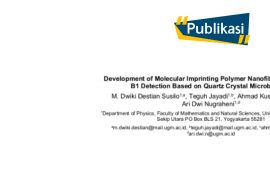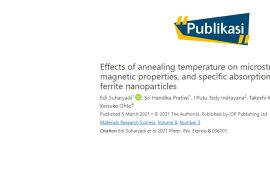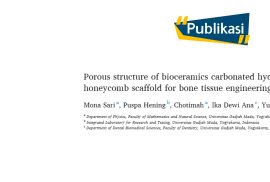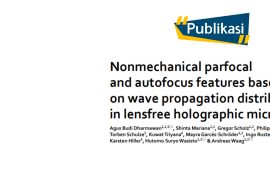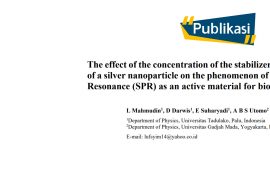Antonia Morita Iswari Saktiawati, Kuwat Triyana, Siska Dian Wahyuningtias, Bintari Dwihardiani, Trisna Julian, Shidiq Nur Hidayat, Riris Andono Ahmad, Ari Probandari, Yodi Mahendradhata
https://doi.org/10.1371/journal.pone.0249689
Journal : PLOS One
Abstract
Even though conceptually, Tuberculosis (TB) is almost always curable, it is currently the world’s leading infectious killer. Patients with pulmonary TB are the source of transmission. Approximately 23% of the world’s population is believed to be latently infected with TB bacteria, and 5–15% of them will progress at any point in time to develop the disease. There was a global diagnostic gap of 2.9 million between notifications of new cases and the estimated number of incident cases, and Indonesia carries the third-highest of this gap. Therefore, screening TB among the community is of great importance to prevent further transmission and infection. The electronic nose for screening TB (eNose-TB) project is initiated in Yogyakarta, Indonesia, to screen TB by breath test with an electronic-nose that is easy-to-use, point-of-care, does not expose patients to radiation, and can be produced at low cost.


